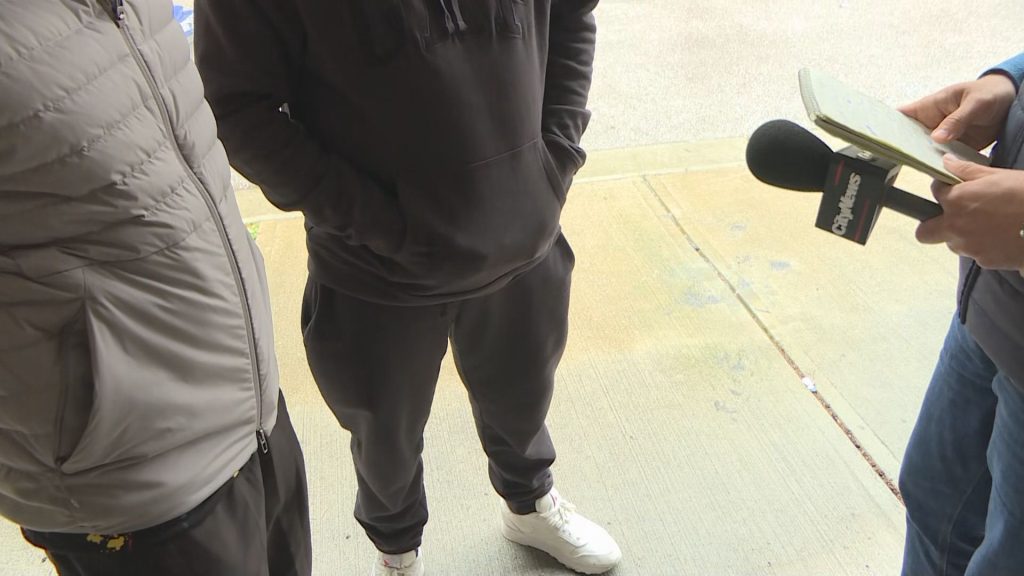Kids are happier in playgrounds with natural elements: Study
Posted April 13, 2016 8:16 am.
This article is more than 5 years old.
VANCOUVER (NEWS 1130) – When you picture a playground, you probably imagine some kind of jungle gym, but there’s new evidence those traditional set-ups may not actually be best for kids. A study out of UBC finds a little sand, some bricks, and bamboo may make for happier playtime.
A team at the university started with two daycare centres in East Vancouver that had a couple of play-sets outside, and observed how kids aged two to five, passed the time. Then, lead author and landscape architecture professor, Susan Herrington says the researchers added some rocks, plants, and bricks, and studied the children again.
“Before, a lot of the kids were just pacing back and forth like you see animals in a zoo, and now they were interacting over the play space and with each other. They were also exhibiting more pro-social behaviour.”
Herrington adds the kids seemed happier and were less dependent on their teachers to invent games. She says natural materials have a lot of benefits.
“They change over time and particularly if you get something like these ornamental grasses which are very common in landscapes for adults, those can grow three feet or a meter and over one growing season so the children notice these changes. Leaves and things that we call ‘play props’ that the plants have, and the children will mix them up and make concoctions in their pales, or they’ll play little games with them and so they’re really sources of play, the plants themselves. These things are all pretty inexpensive when you compare to some of the big play equipment sets that people mainly think about when they think of children’s outdoor play.”
Herrington adds risky play is very important, because children need to learn to take risks in order to learn how to deal with risk as adults.
“We have seen a real rise in anxiety among children and young adults, and there’s some thought this might be because they’ve been so protected and bubble-wrapped from taking chances. For example, we had a long discussion with the childcare centres about putting in real bricks, because they were worried the kids would throw them at each other. We finally decided to try because that’s one of the key features of risky play is that they use real materials. You wouldn’t have plastic bricks, you’d have real bricks. Well, no kid threw a brick at each other. In fact, one boy who was very shy, he was really good at building bricks and he became very popular with the other kids who learned from him how to stack these bricks. It also just makes it more inclusive for different types of play and different types of personalities.”
Herrington says the study will be submitted for publication sometime this spring.










